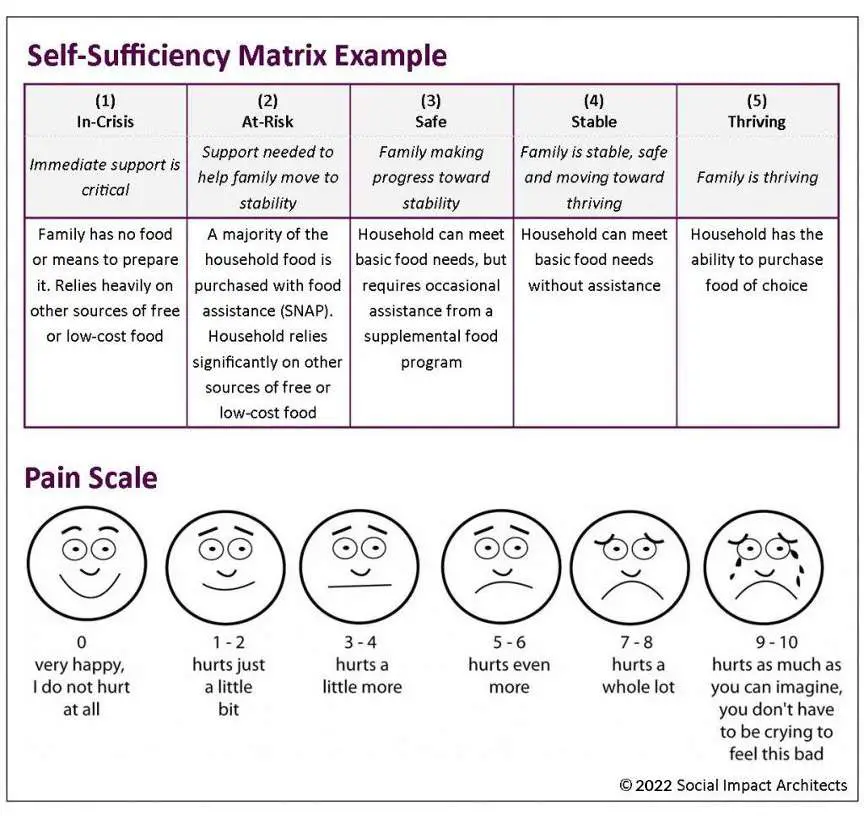In this article, we will explore the topic of achieving self-sufficiency and discuss how much you really need. We will delve into the concept of off-grid living and provide you with the necessary context to understand this subject. By the end of this article, you will have a clearer understanding of the level of self-sufficiency you can aim for and the resources required to achieve it.
Achieving Self-Sufficiency: How Much Do You Really Need?
Understanding Self-Sufficiency
Concept of self-sufficiency
Self-sufficiency refers to the ability to meet your basic needs without relying on external sources. It means being able to produce your own food, water, energy, and other essential resources. While complete self-sufficiency may be challenging to achieve, the concept is centered around reducing dependency on external systems and living a sustainable lifestyle.
Benefits of being self-sufficient
There are numerous benefits to embracing self-sufficiency. Firstly, it allows you to have greater control over your resources and reduces your dependence on fluctuating market prices. Additionally, self-sufficiency promotes resilience and preparedness in the face of natural disasters or economic uncertainties. Moreover, leading a self-sufficient lifestyle can improve your health and well-being by providing you with fresh and nutritious food, cleaner air, and a closer connection to nature.
Challenges of achieving self-sufficiency
While self-sufficiency offers many advantages, it also presents certain challenges. One of the main hurdles is the initial investment required to set up self-sufficient systems such as renewable energy sources or sustainable farming practices. Additionally, acquiring the necessary knowledge and skills to become self-sufficient may take time and effort. Moreover, factors such as geographical location, climate, and available resources can significantly impact the feasibility of achieving self-sufficiency.
Factors Affecting Self-Sufficiency
Geographical location
Your geographical location plays a crucial role in determining the level of self-sufficiency you can achieve. If you live in an urban area with limited space, it may be more challenging to grow your own food or raise livestock. On the other hand, those residing in rural or suburban areas may have more land available for cultivating crops or setting up alternative energy systems.
Climate and weather conditions
The climate and weather conditions in your region also impact self-sufficiency. Certain crops may thrive better in specific climates, and some renewable energy sources may perform more efficiently in particular weather conditions. Understanding your local climate and adapting your self-sufficient practices accordingly is key to success.
Available resources
The availability of resources in your surroundings greatly influences your self-sufficiency journey. Access to clean water sources, fertile soil, and suitable building materials can significantly aid your efforts. Assessing the resources available to you and making the most of them is essential for sustainable self-sufficiency.
Personal skills and knowledge
Acquiring the necessary skills and knowledge is crucial for achieving self-sufficiency. Learning about sustainable farming techniques, renewable energy systems, and other essential skills will empower you to become more self-reliant. Undertaking courses, joining workshops, or collaborating with experienced self-sufficient individuals can help you develop the required expertise.
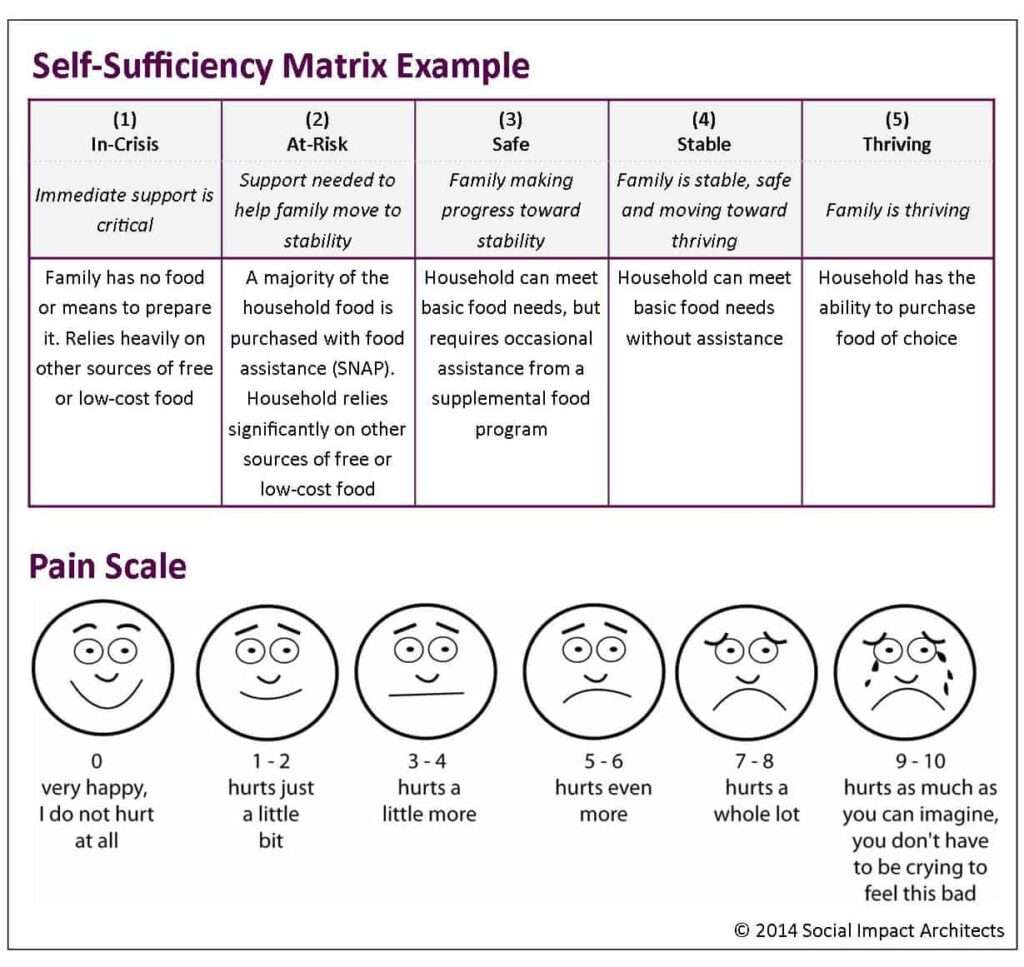
Food and Water Requirements
Calculating food and water needs
Before diving into self-sufficiency, it’s essential to assess your food and water requirements. The amount of food needed depends on factors such as family size, age, and activity level. Calculating your daily calorie intake and estimating the amount of food required for a year will give you a starting point. Similarly, estimating your water needs based on daily usage and multiplying it by 365 will help determine the amount of water you need to sustain yourself.
Growing and preserving food
Growing your own food is a fundamental aspect of self-sufficiency. Planning and designing a garden that suits your available space and regional conditions is crucial. Choosing suitable plants that are compatible with your climate and soil is also important. Additionally, learning preservation techniques such as canning, drying, and fermenting will help you store food for the long term.
Water sources and purification methods
Access to clean water is vital for self-sufficiency. Identifying natural water sources such as rivers, lakes, or underground wells in your locality is essential. Installing rainwater harvesting systems and utilizing water purification methods like filtration or chlorination will ensure a sustainable water supply.
Energy Sources
Renewable energy options
Incorporating renewable energy sources is key to achieving self-sufficiency. Solar power, wind turbines, and hydropower systems are popular choices. Assessing your energy needs and understanding the feasibility of each option based on your geographical location and available resources will help you make an informed decision.
Solar power systems
Solar power systems harness energy from the sun and convert it into usable electricity. Installing solar panels on your property can provide energy for lighting, heating, and powering appliances. Calculating your energy requirements and consulting with experts will help you design a solar power system that meets your needs.
Wind turbines
Wind turbines convert wind energy into electricity. If you live in an area with consistent wind patterns, setting up a wind turbine can be an effective way to generate power. Conducting a wind assessment and seeking professional guidance will ensure the optimal placement and size of the turbine.
Hydropower systems
If you have access to a running water source with sufficient flow, hydropower systems can be a viable option. By capturing the energy from moving water, you can generate electricity to power your household. Assessing the hydropower potential and considering the environmental impact of implementing such a system is crucial.
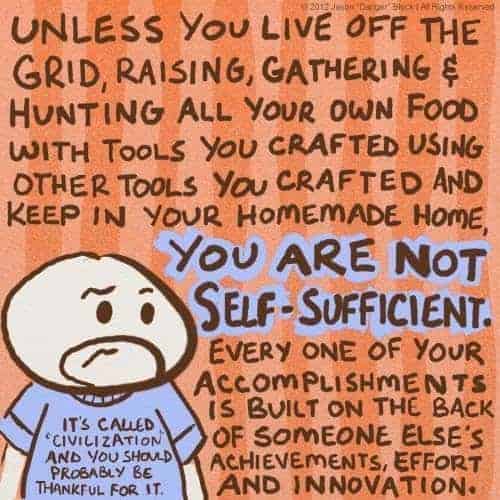
Building a Sustainable Shelter
Choosing the right location
When designing a self-sufficient shelter, selecting the right location is essential. Factors such as sunlight exposure, natural ventilation, and proximity to resources must be considered. Optimal orientation and positioning of the house can maximize energy efficiency and reduce the need for artificial heating and cooling.
Designing an eco-friendly house
Building an eco-friendly house involves utilizing sustainable construction materials, incorporating energy-efficient design principles, and implementing green technologies. Opting for natural and recycled building materials, installing insulation, and utilizing passive solar design can significantly reduce energy consumption.
Alternative building materials
Beyond traditional construction materials, there are various alternatives available that are sustainable and renewable. Materials such as bamboo, straw bales, earth, or recycled materials offer low carbon footprint alternatives for building a self-sufficient shelter.
Creating a Self-Sufficient Garden
Planning and designing the garden
Planning and designing your garden is a crucial step in achieving self-sufficiency. Consider the available space, sunlight exposure, and soil conditions to determine the layout and types of beds or containers for cultivation. Incorporate companion planting and crop rotation techniques to maximize yields and minimize pests.
Choosing suitable plants
Selecting suitable plants is essential for a productive and sustainable garden. Choose crops that are well-suited to your climate and soil type. Additionally, incorporating a variety of fruits, vegetables, herbs, and legumes will ensure a diverse and balanced diet.
Composting and soil enrichment
Maintaining healthy soil is paramount for successful gardening. Composting kitchen scraps, yard waste, and livestock manure will provide natural fertilizer to enrich the soil. Implementing mulching techniques, cover cropping, and vermiculture can further improve soil fertility and moisture retention.
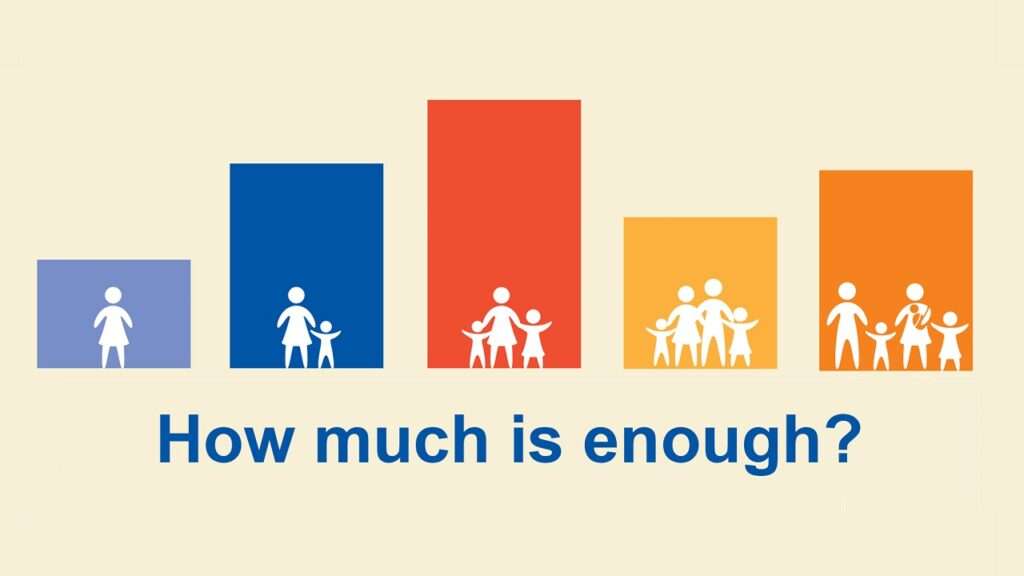
Raising Livestock and Poultry
Choosing the right animals
Raising livestock and poultry can contribute to self-sufficiency by providing meat, dairy, eggs, and other animal products. However, selecting the right animals that are suitable for your environment and resources is crucial. Consider factors such as space requirements, feed availability, and climate adaptability when choosing livestock or poultry breeds.
Providing proper housing and feed
Constructing appropriate housing structures for your animals is essential for their health and well-being. Additionally, ensuring access to clean water and a balanced diet based on their nutritional needs is crucial. Consider sustainable feed options such as grazing, foraging, or growing animal feed on your land.
Healthcare and breeding
Maintaining the health of your livestock and poultry is important for their productivity. Regular veterinary care, proper hygiene practices, and disease prevention measures are vital. If breeding animals, understanding the breeding cycle and seeking professional advice can ensure successful reproduction and the continuation of your self-sufficient practices.
Managing Waste and Recycling
Waste reduction and recycling strategies
Implementing waste reduction strategies is fundamental for sustainable self-sufficiency. Minimize single-use items, practice conscious consumption, and prioritize reusable alternatives. Establish a waste management system that includes recycling, composting, and responsible disposal methods.
Composting and sustainable waste management
Composting organic waste not only reduces landfill waste but also produces nutrient-rich compost for your garden. Set up compost bins or piles and learn about the proper balance of carbon-rich and nitrogen-rich materials. Additionally, explore sustainable waste management practices such as recycling plastic, glass, paper, and metal in your local area.
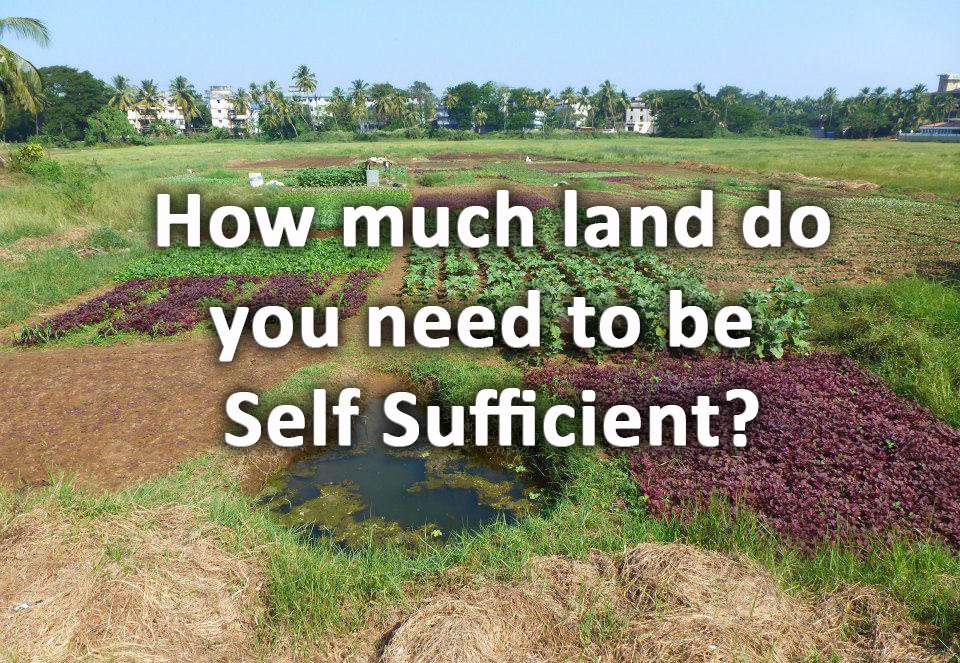
Self-Sufficient Health and Hygiene
Natural remedies and healthcare practices
Exploring natural remedies and healthcare practices can reduce reliance on conventional medicine and promote self-sufficiency. Learn about herbal medicine, essential oils, and alternative therapies for common ailments. Additionally, invest in basic first aid skills and supplies for emergencies.
Sustainable personal hygiene products
Conventional personal hygiene products often come packaged in plastic and contain harmful chemicals. Switching to sustainable alternatives such as bamboo toothbrushes, reusable menstrual products, and natural soap can contribute to your self-sufficiency while minimizing environmental impact.
Developing Essential Skills
Learning basic survival skills
Learning basic survival skills is essential for any self-sufficient lifestyle. Skills such as fire-making, shelter-building, and navigation can prove invaluable in emergency situations. Additionally, learning about foraging, hunting, and fishing can supplement your food sources.
Acquiring practical skills for self-sufficiency
Beyond survival skills, acquiring practical skills specific to self-sufficiency is crucial. These may include sustainable farming techniques, renewable energy system maintenance, basic carpentry, plumbing, or electrical work. Enroll in workshops, join community programs, or immerse yourself in hands-on learning to develop these skills.
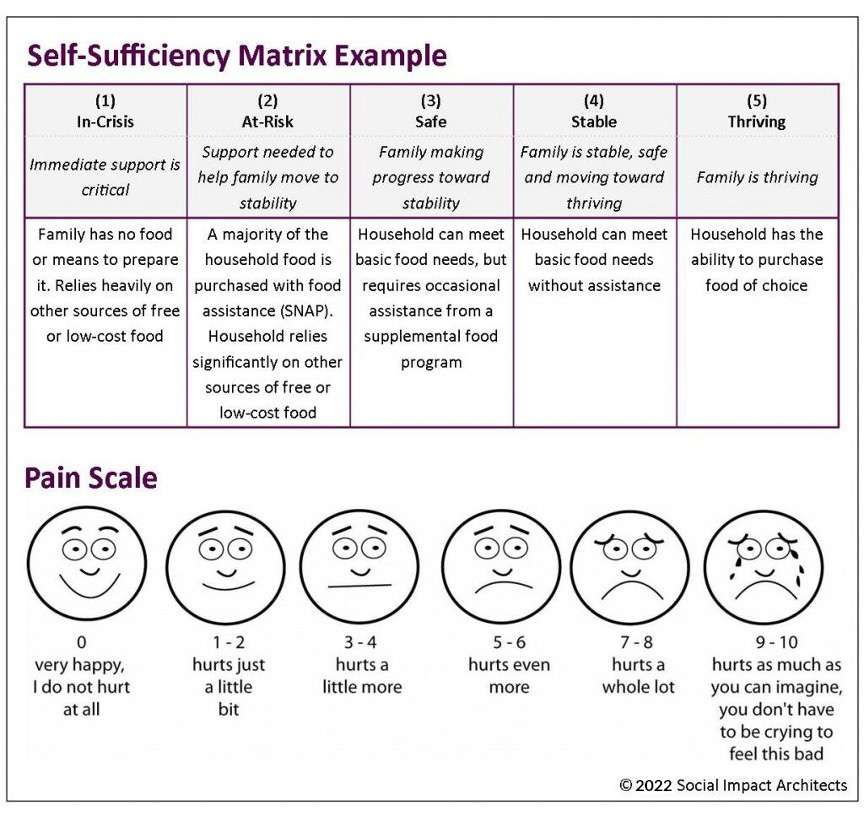
Financial Considerations
Initial investment and ongoing costs
Achieving self-sufficiency requires an initial investment in equipment, infrastructure, and resources. Solar panels, building materials, livestock, and garden supplies, among others, may involve significant upfront costs. It is essential to budget and prioritize investments based on your specific needs and available financial resources. Additionally, ongoing maintenance costs should also be considered in your financial planning.
Generating income from self-sufficient activities
Once established, self-sufficient practices can also become a source of income. Selling excess produce, eggs, or homemade products can generate additional revenue. Additionally, offering workshops, consulting services, or farm stays can contribute to your financial sustainability while sharing knowledge and experiences with others.
Community and Collaboration
Sharing resources and knowledge
Building a supportive self-sufficient community is important for mutual collaboration and resource sharing. Engaging with like-minded individuals through community gardens, workshops, or online platforms allows you to learn from others’ experiences and share your own knowledge. Collaborative projects and skill exchanges can enhance self-sufficiency efforts by pooling resources.
Building a supportive self-sufficient community
Creating a supportive community involves fostering relationships, organizing regular meetups, and engaging in group projects. Consider establishing food co-ops, tool-sharing programs, or communal workshops to collectively enhance self-sufficiency within your community. Mutual support and knowledge-sharing can make the self-sufficiency journey more fulfilling and sustainable.
Maintaining a Balanced Lifestyle
Finding work-life balance
Self-sufficiency requires dedication and hard work, but it’s important to maintain a balance. Prioritize self-care, allocate time for leisure activities, and create boundaries to prevent burnout. Balancing the demands of self-sufficiency with personal fulfillment and relaxation is vital for long-term success.
Fostering mental and emotional well-being
Living a self-sufficient lifestyle can be rewarding, but it can also be physically and emotionally demanding. Prioritize mental and emotional well-being by practicing mindfulness, engaging in hobbies, and seeking support from loved ones. Developing coping mechanisms and recognizing the importance of self-care will contribute to your overall satisfaction and resilience.
Conclusion
Achieving self-sufficiency is a journey that involves careful planning, continuous learning, and adaptability. By understanding the concepts of self-sufficiency, harnessing available resources, and acquiring essential skills, you can significantly reduce your reliance on external systems. While the road to self-sufficiency may be challenging, the benefits of increased control over your resources, resilience in the face of uncertainties, and a healthier lifestyle make it a worthwhile endeavor. Embrace self-sufficiency and discover how much you truly need to thrive in harmony with nature.

